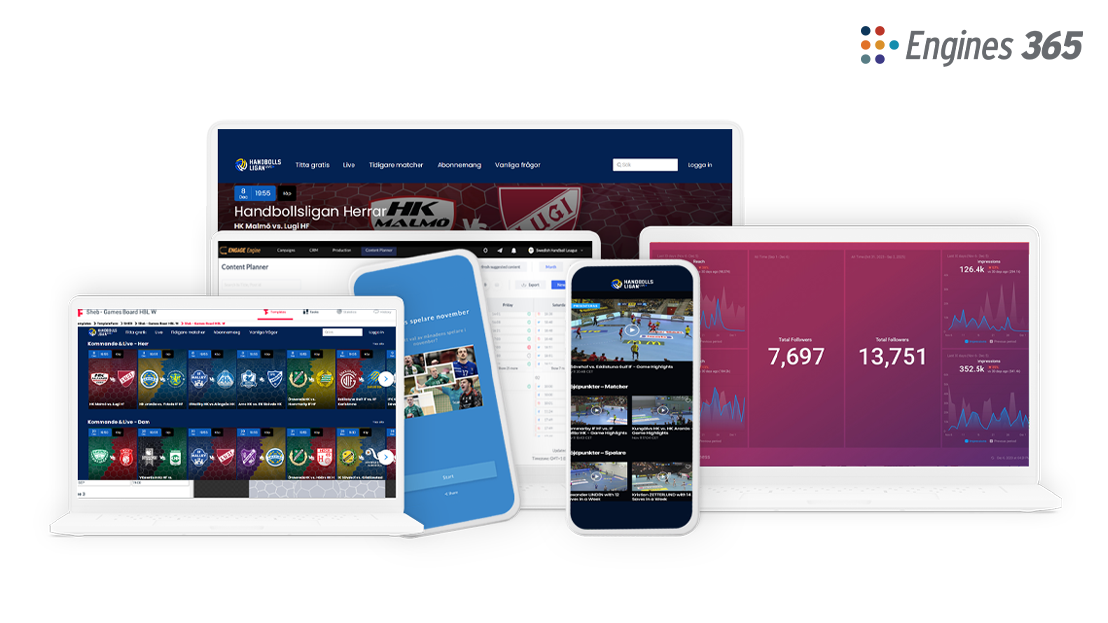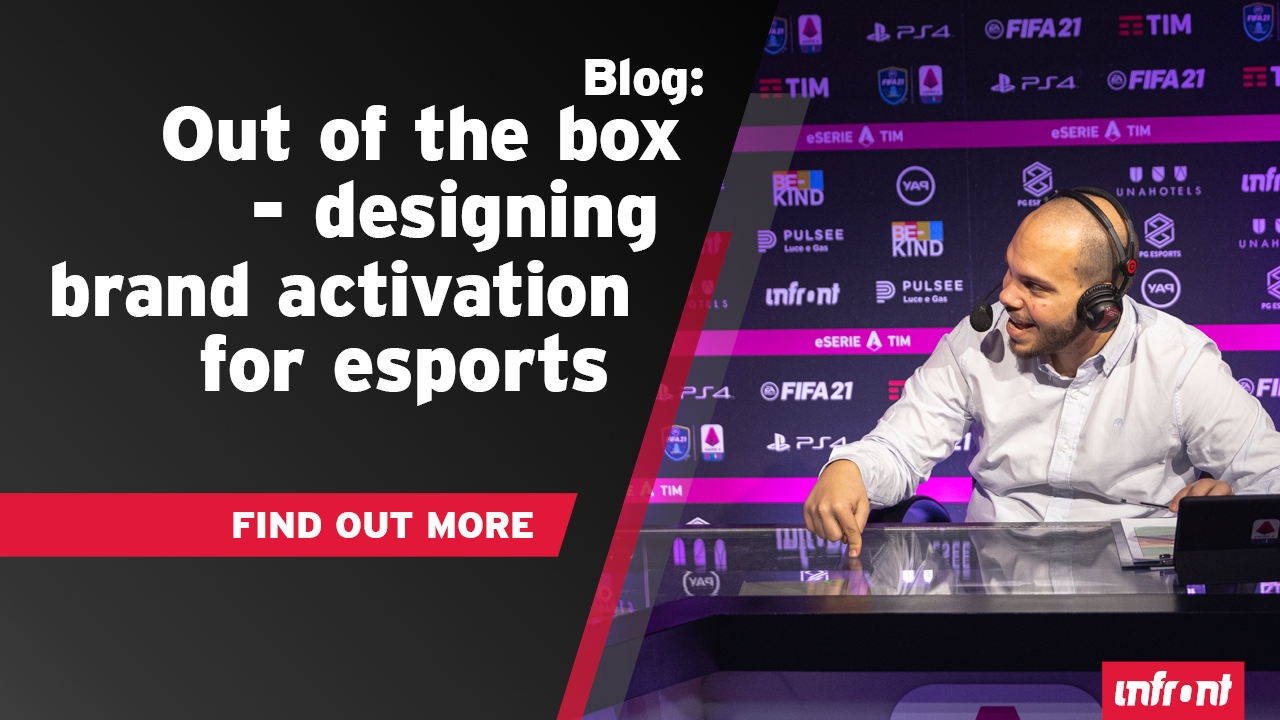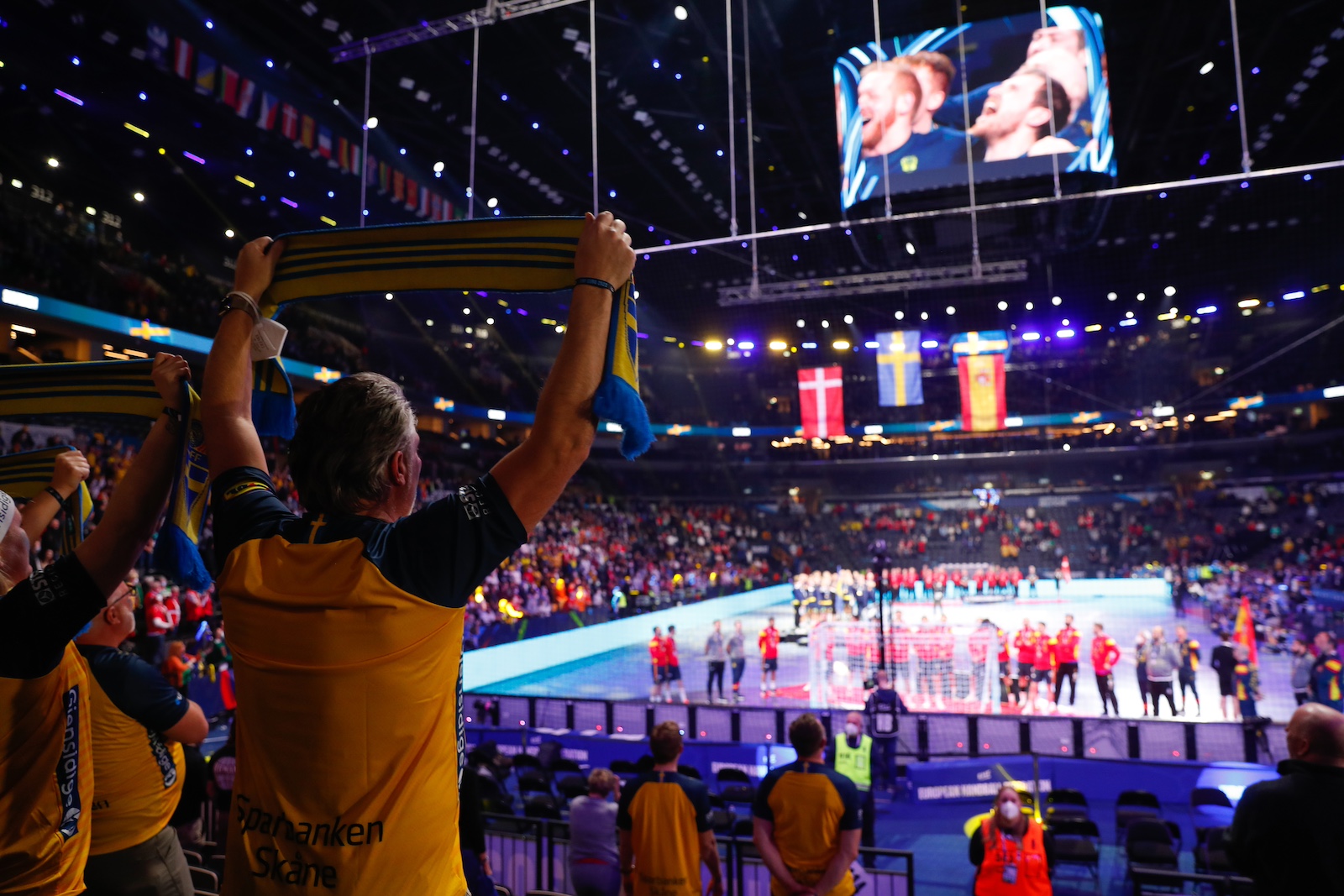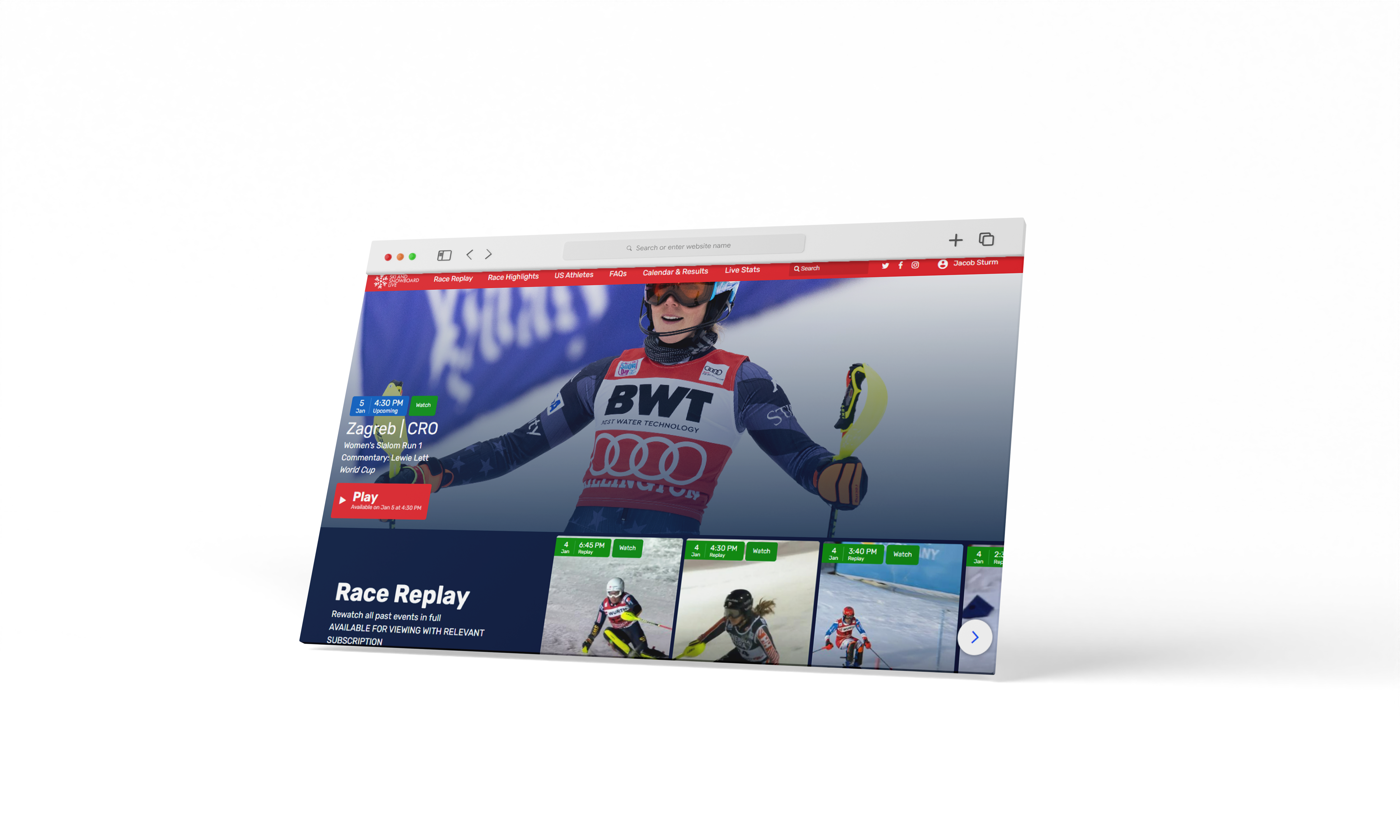Virtual advertising has ripped up the playbook for brands wanting to connect with sports audiences, removing the necessity of huge budgets and relevance to only part of an audience. For gaming and betting brands—especially those navigating a maze of advertising regulations—it’s a flexible, measurable and highly targeted marketing tool that has broken down the entry barrier. Here’s why it works.
1. Sports fans are the ideal audience
Gaming brands thrive on engagement, and sports fans are some of the most engaged audiences out there. Virtual advertising puts your brand in front of viewers who are already invested in the action—making them far more likely to take notice.
2. Hit the right markets
Whether you’re targeting one country or multiple regions, virtual advertising lets you put the right message in front of the right people. Custom feeds mean gaming brands can tailor their ads to different audiences, increasing relevance and impact.
3. Elevate your brand perception
Aligning with elite sports properties boosts credibility. Whether you’re a big player reinforcing your dominance or an emerging brand looking to level up, virtual advertising gives you the visibility you need without the full price tag of traditional sponsorship.
4. Advertising that fans actually accept
Nobody likes intrusive ads, and sports fans are no different. Well-executed virtual advertising blends into the game environment rather than interrupting it, making it a more natural, effective way to get your brand noticed.
5. Local impact, global scale
For gaming brands operating across multiple markets, virtual advertising is the best of both worlds. You can tailor messages for different regions while keeping a strong, unified global presence—delivering the right message without diluting your brand.
6. A smarter way into sports sponsorship
Premium sports sponsorships can be expensive, particularly for gaming brands eyeing top-tier events. Virtual advertising offers a more affordable entry point, giving regional and local brands a chance to align with major sports without the eye-watering costs.
7. Scale up or down as needed
From seasonal pushes to one-off campaigns, virtual advertising lets you flex your marketing spend around key sporting moments. Whether you want a year-long presence or just visibility for a crucial event, you’re in control.
8. Real-time adaptability
Gaming brands operate in fast-moving markets, and virtual ads can keep up. You can change creatives from match to match—or even within the same game—ensuring your messaging is always fresh and relevant.
9. Stay compliant, stay visible
Advertising regulations for gaming brands are a minefield, but virtual advertising helps navigate them. With region-specific messaging, you can stay on the right side of the law while still getting your brand in front of the right audience.
10. Track and measure success
You can track performance metrics like website traffic, customer acquisition, and media value—giving you clear insights to refine and optimise future campaigns.
The bottom line
For gaming brands, virtual advertising is a smarter, more adaptable way to connect with sports audiences—without the usual barriers. Whether you’re after brand awareness, conversions, or market positioning, this approach keeps you in the game.



/Images-Logos/14022025_Website_Virtual%20Advertising%20gaming.jpg)




